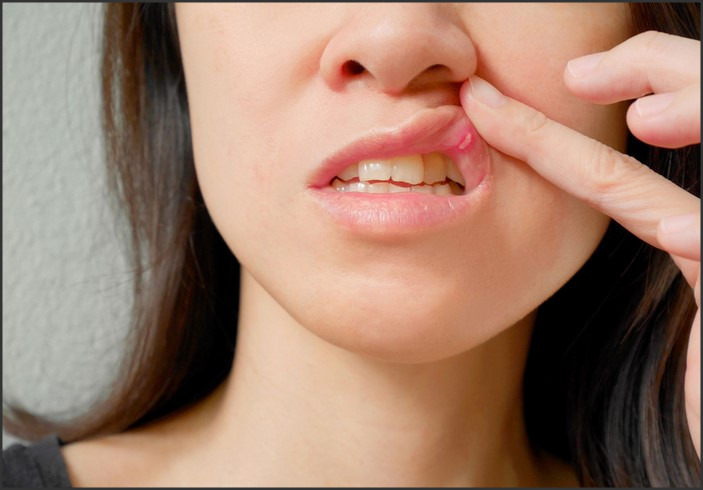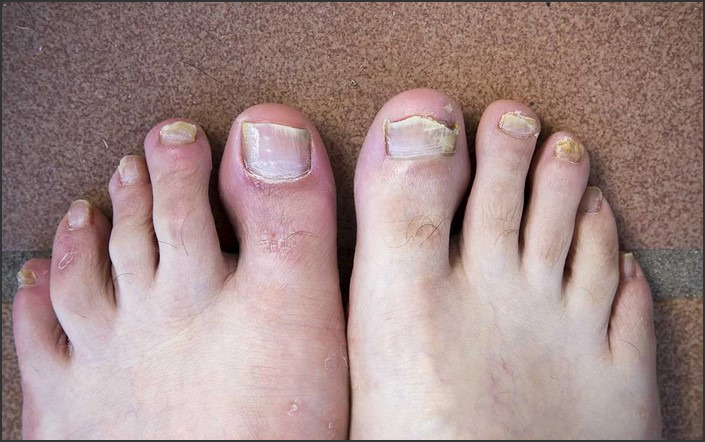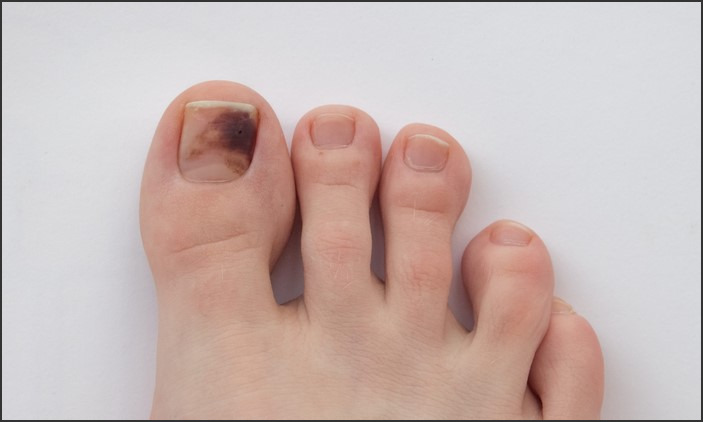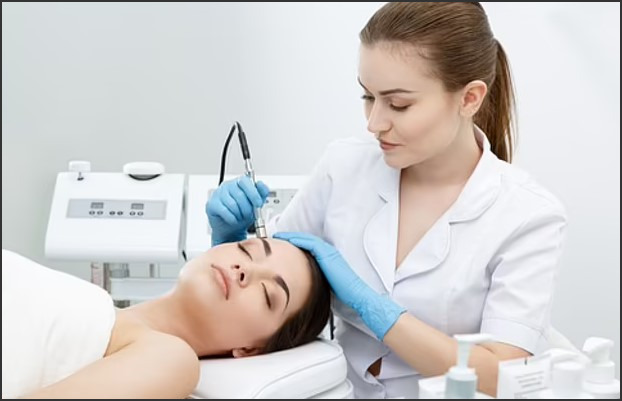
Dermatology and Aesthetics: Exploring Skin Care and Beauty is a comprehensive field that delves into the study of skin, its diseases, conditions, and the methods to maintain its health and appearance. It combines the medical aspects of dermatology, including diagnosis and treatment of skin diseases, with the aesthetic aspect, which focuses on enhancing the appearance and maintaining the beauty of the skin. This field encompasses a wide range of procedures, treatments, and products designed to protect skin health, improve its appearance, and combat the signs of aging. It is a multidisciplinary field that requires knowledge in various areas such as biology, medicine, cosmetics, and even psychology.
Unveiling the Secrets of Dermatology and Aesthetics: A Comprehensive Guide to Skin Care and Beauty
Dermatology and aesthetics, two fields that are often intertwined, play a crucial role in our understanding of skin care and beauty. Dermatology, a branch of medicine that focuses on the diagnosis and treatment of skin disorders, provides the scientific foundation for skin care. Aesthetics, on the other hand, is the art of enhancing and maintaining the skin’s appearance, often through non-surgical procedures. Together, these two disciplines offer a comprehensive approach to skin care and beauty.
The skin, our body’s largest organ, serves as a protective barrier against environmental hazards. It also plays a vital role in regulating body temperature and providing sensory information. Therefore, maintaining skin health is not just about looking good; it’s also about overall well-being. Dermatology provides the necessary knowledge and tools to address various skin conditions, from common issues like acne and eczema to more serious diseases like skin cancer.
Dermatologists, the medical experts in this field, use a variety of diagnostic techniques to identify skin disorders. These may include visual examination, biopsies, and laboratory tests. Once a diagnosis is made, treatment options can range from topical creams and oral medications to more invasive procedures like surgery. The goal of dermatological treatment is not only to alleviate symptoms but also to address the underlying cause of the skin condition.
On the other hand, aesthetics focuses on improving the skin’s appearance. Aesthetic practitioners, often known as aestheticians, use a variety of non-surgical procedures to enhance skin beauty. These may include facials, chemical peels, microdermabrasion, and laser treatments. Aestheticians also provide advice on skin care routines and products to help maintain the results of aesthetic treatments.
While aesthetics may seem purely cosmetic, it’s important to note that it also contributes to skin health. For instance, procedures like chemical peels and microdermabrasion not only improve the skin’s appearance but also promote skin cell turnover, which can help prevent certain skin conditions. Moreover, a well-maintained skin can boost self-esteem and contribute to mental well-being.
However, the intersection of dermatology and aesthetics is not without controversy. Some argue that the focus on beauty in aesthetics can overshadow the importance of skin health. Others worry about the potential risks and side effects of aesthetic procedures. It’s crucial, therefore, to approach skin care and beauty with a balanced perspective, prioritizing health while also considering aesthetic desires.
In conclusion, dermatology and aesthetics offer a comprehensive approach to skin care and beauty. Dermatology provides the medical knowledge and tools to diagnose and treat skin disorders, while aesthetics offers non-surgical procedures to enhance skin appearance. Together, they contribute to both skin health and beauty. However, it’s important to approach these fields with a balanced perspective, prioritizing health while also considering aesthetic desires. With the right knowledge and approach, we can unveil the secrets of dermatology and aesthetics to achieve healthy, beautiful skin.In conclusion, Dermatology and Aesthetics are two interconnected fields that focus on skin health and beauty. Dermatology is a medical specialty that deals with the diagnosis and treatment of skin disorders, while aesthetics focuses on enhancing skin appearance through various treatments and procedures. Both fields play a crucial role in maintaining skin health, preventing skin diseases, and improving physical appearance. The exploration of skin care and beauty in these fields has led to the development of numerous treatments and products that can help individuals achieve their desired skin condition and appearance.
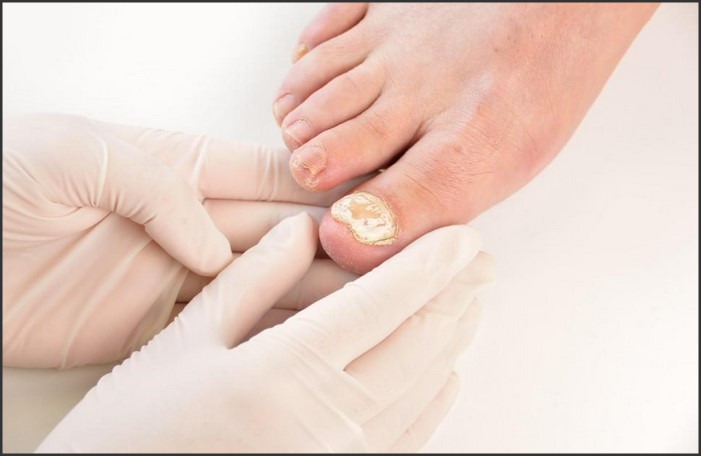
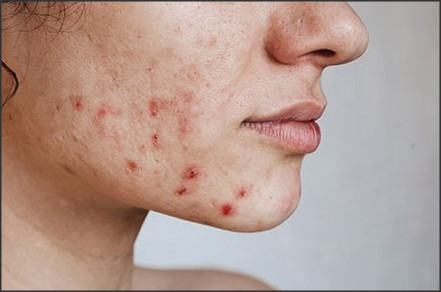
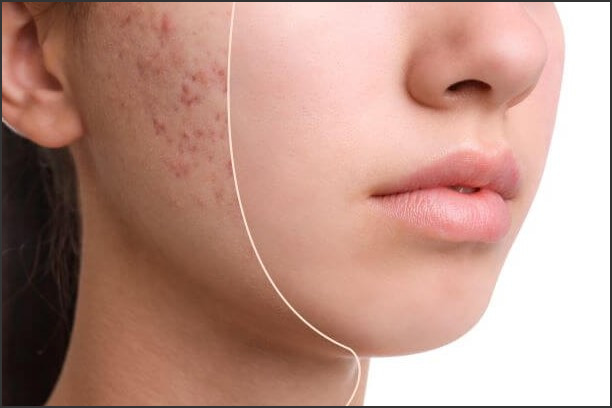
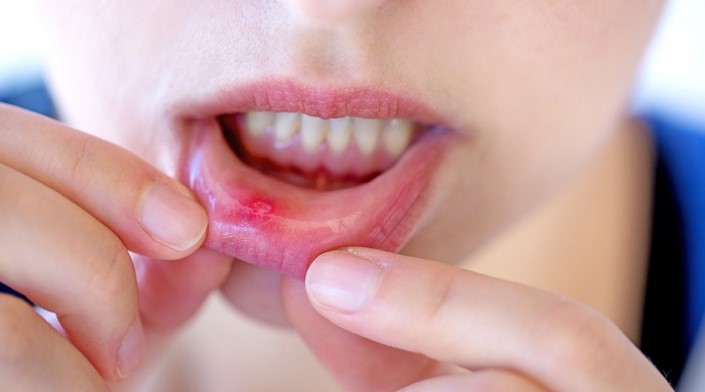
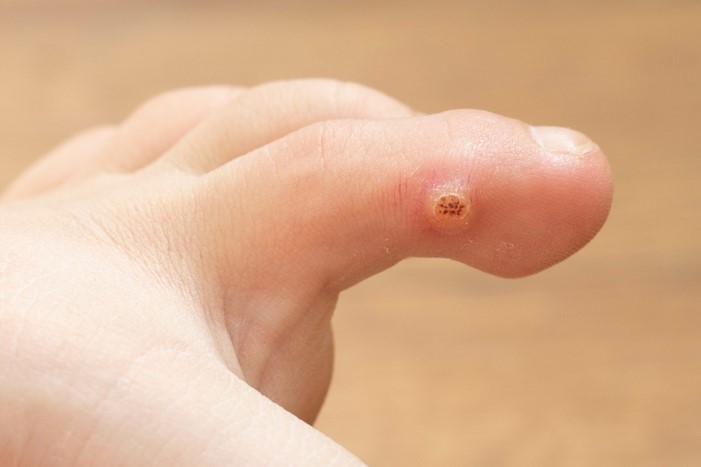
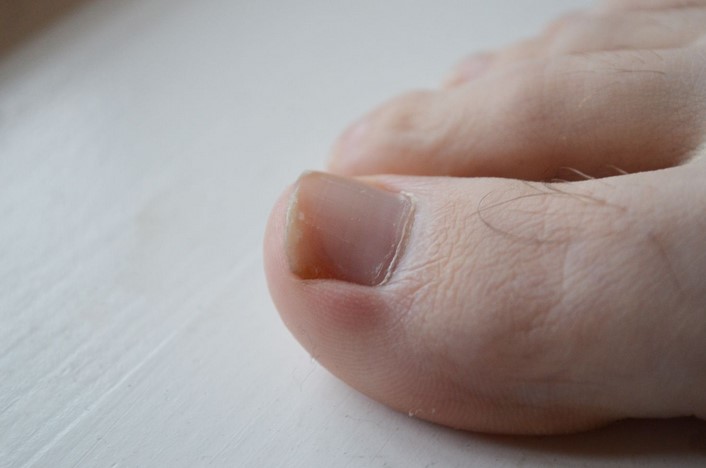
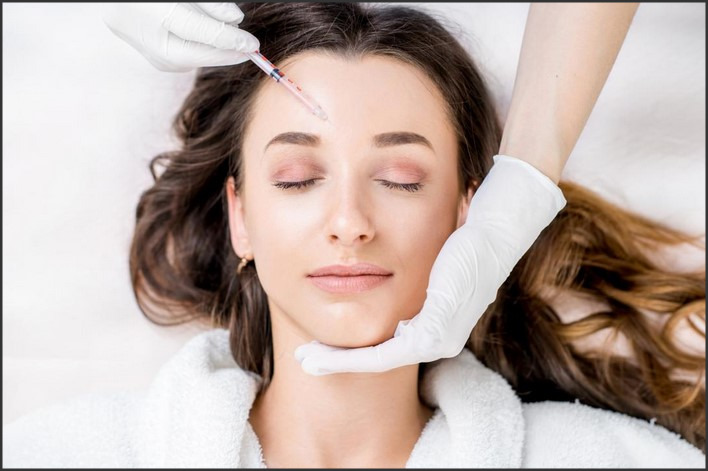
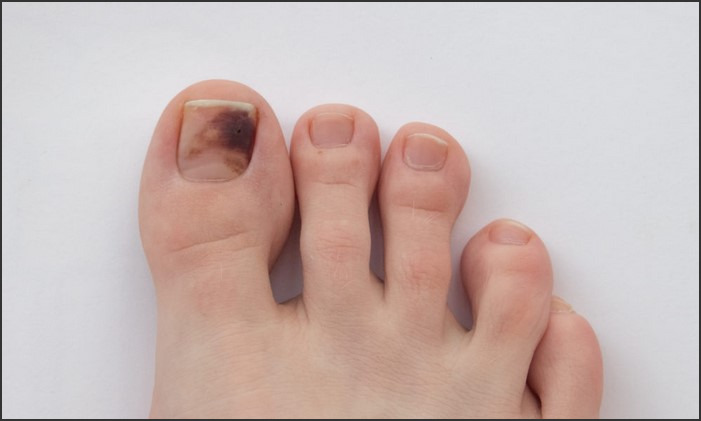
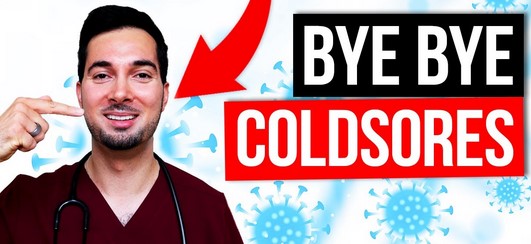 Quick cold sore remedies are a great way to provide relief from the discomfort of oral herpes. Cold sores, also known as fever blisters, are caused by the herpes simplex virus and can be painful and embarrassing. Fortunately, there are a variety of remedies available that can help reduce the severity of symptoms and speed up the healing process. This article will provide an overview of some of the most effective quick cold sore remedies, including home remedies, over-the-counter medications, and prescription medications. With the right treatment, you can find relief from your cold sore symptoms and get back to feeling your best.
Quick cold sore remedies are a great way to provide relief from the discomfort of oral herpes. Cold sores, also known as fever blisters, are caused by the herpes simplex virus and can be painful and embarrassing. Fortunately, there are a variety of remedies available that can help reduce the severity of symptoms and speed up the healing process. This article will provide an overview of some of the most effective quick cold sore remedies, including home remedies, over-the-counter medications, and prescription medications. With the right treatment, you can find relief from your cold sore symptoms and get back to feeling your best.